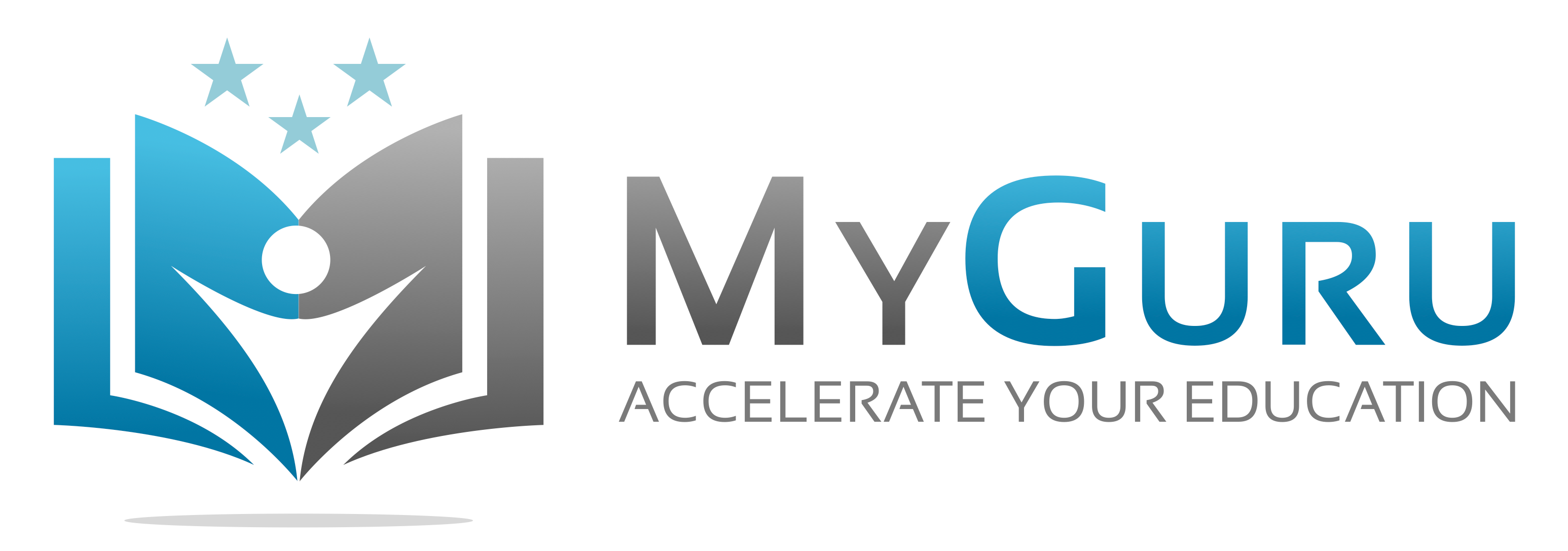Do you struggle to stay focused when you’re studying for an exam or working on an essay? Staying focused on demanding material can be a real challenge when you’re a...
Are you studying effectively? (For your learning style?)
 We’ve all heard someone say: “I’m not doing well in this class because I am a visual learner and all the professor does is give boring lectures.”
We’ve all heard someone say: “I’m not doing well in this class because I am a visual learner and all the professor does is give boring lectures.”
What does this really mean?
There are four Learning Styles; visual, auditory, reading/writing and kinesthetic. Understanding which one/s you fall into can prove beneficial in the development of study and retention skills. Though we may feel we identify with one type of learning over another, the following are undoubtedly study tips that can help us all- not just in studying for exams but in actually retaining the material we’ve learned beyond them.
Visual Learners prefer to see new information and ideas.
A visual learner absorbs material best when it is presented using pictures and graphs. Study tips for visual learners include:
Take notes during lectures, but move beyond words. Draw small graphics and symbols to show relationships or use arrows to show growth/decline or inverse relationships. Draw flowcharts to document a process.
Use outlines when writing notes or mapping out a paper. Organizing notes/ideas in this fashion creates a roadmap for you, helping you to stay on point, ensuring that your writing is easy to follow. When studying from an outline, it is easier to remember ordered points or data, as you can visualize what comes next in a sequence. (IE: This is useful in Science when studying processes such as Mitosis or even in History when studying historical events.)
Make Flash Cards to help you recall information. The process of flipping through important terms, vocabulary, historical people & events and their definitions using visual cues and repetition can enable students to remember information.
Incorporate videos into your study process: Sites such as Khan Academy and Crash Course present dense material in a creative and accessible way.
Auditory Learners prefer to hear information over reading it or seeing it displayed visually.
Study tips for Auditory learners include:
Use mnemonic devices to aid in remembering facts or an order of events. This requires the student to simplify large periods/themes down to the most pertinent, easy to remember, facts.
Repeating aloud, class notes or textbook stanzas. When studying, pause to paraphrase and recite aloud, from memory, what they’ve read in the textbook or class notes, before moving on.
An instructor asking questions, during lectures/lessons allows auditory learners a chance to repeat the information back to the instructor engaging them in an active learning process. You can also have someone quiz you aloud on course material when studying.
Reading/Writing Learners learn best when they read and write material themselves.
Engaging with text is more influential for them than listening to a lecture or viewing images. Useful study tactics for Reading/Writing Learners include:
Take notes, lots of them! During course lectures or presentations take as many notes as possible. The act of writing out notes goes a long way into “inscribing” material into our brains.
HOWEVER, don’t try to write down the speaker’s words verbatim. Instead, put it in your own words and summarize the points. This will prove beneficial when you consult your notes to study. You are more likely to comprehend and retain material written in language which you understand and can most easily remember.
When studying, rewrite your notes. The 1st time you take notes it is usually at a hurried pace as you try to keep up with the instructor. In class, you are being introduced to new material, which may not stick this 1st time. Writing your notes, a 2nd time, the material isn’t foreign and you will begin to retain it.
Finally, make bullet point lists. When making a bulleted list, we abbreviate material into smaller, more easy to digest bits. This forces you to weed through your lecture and reading notes, zeroing in on the most pertinent info.
Kinesthetic Learners are those individuals who are hands-on, experiential learners.
These students learn best by performing a task or activity.
Perhaps the most effective method for kinesthetic learners is to learn by teaching. When a kinesthetic learner is asked to teach the information to a classmate or family member, they are better able to recall and wrestle with complex subject matter. In an effort to clearly explain, they breakdown the information and in turn internalize it.
Taking study breaks is important for kinesthetic learners as they often have a hard time focusing for prolonged periods of time and siting still. Take a short break to go for a walk or do some physical activity, incorporate study into your break by trying to recite what you’ve just learned from memory or by using flashcards.
We all respond to new information differently:
- Many of us prefer to receive visual cues or stimuli, being shown rather than simply told (visual learnign)
- Others are best able to comprehend something when they hear it (auditory learning)
- Some like to read/take notes on material on their own rather than listening to a lecture (reading/writing-based learning)
- Select students grasp information when they preform a task related to the subject (kinisthetic learning)
Again, though we may feel we identify with one type of learning over another, the study tips we just reviewed can help us all better digest, interpret, and retain information to improve academic performance.
Lisa Alvarado is a Managing Tutor with MyGuru. She is a graduate of the University of Texas (B.A.) Purdue University (M.A.) and is currently obtaining her Ph.D in History from the University of Illinois at Chicago. She has worked professionally with university athletics departments tutoring college athletes. Her particular strengths are History, English, Government, Essay Writing, and Public Speaking.
